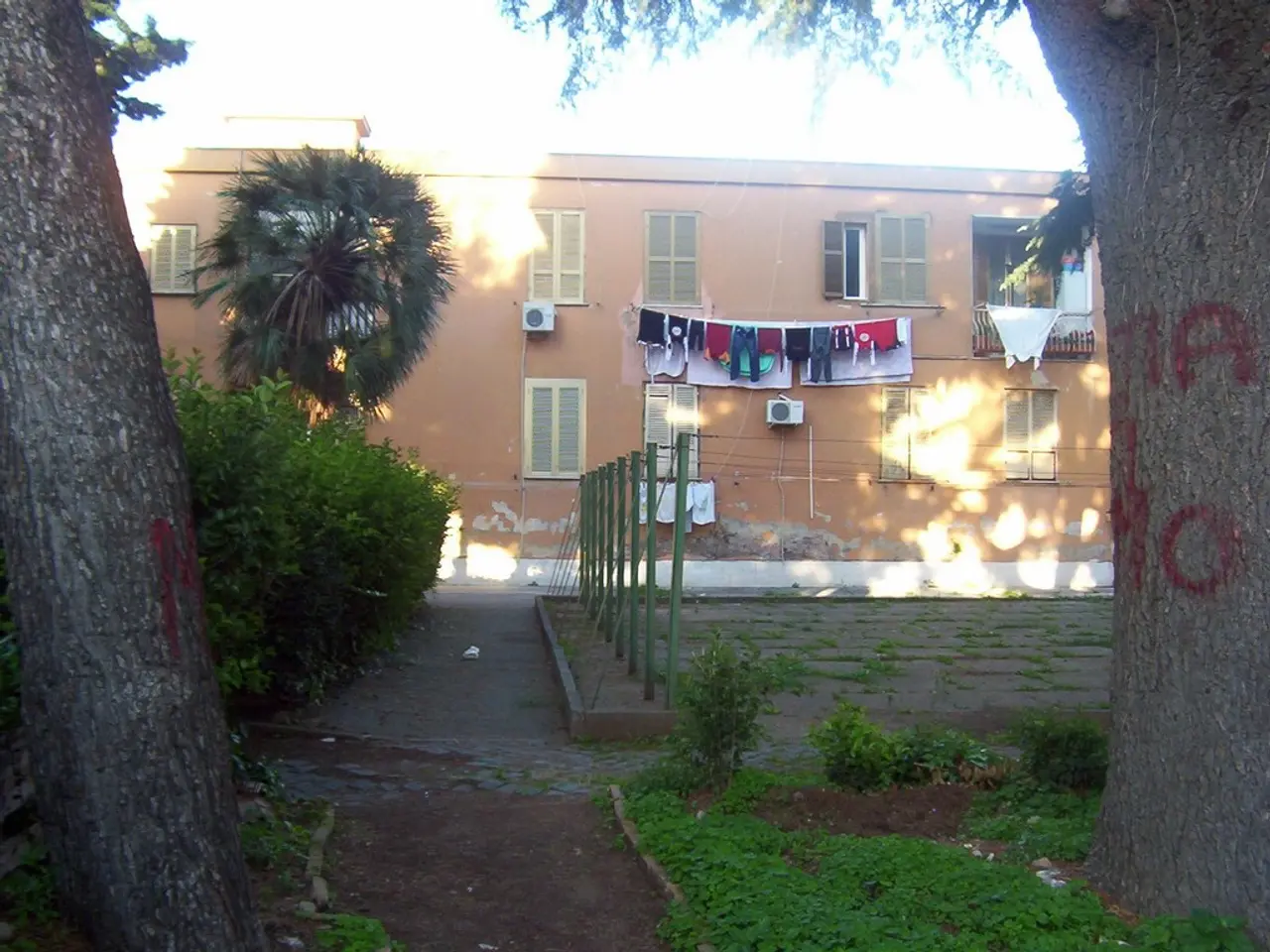Details about the ongoing Legionnaires' outbreak in New York City, yet to be revealed, as a hearing approaches
In the sweltering summer of 2022, New York City faced another outbreak of Legionnaires' disease, a severe form of pneumonia caused by the Legionella bacteria. The outbreak, which hospitalised nine people and tragically claimed seven lives, was traced back to two sites: Harlem Hospital and a construction site for a public health lab.
The city's Department of Health and Mental Hygiene (DOHMH) has strict regulations in place to prevent the spread of Legionnaires' disease, primarily focusing on cooling towers. However, despite these regulations, sporadic outbreaks during warmer months, particularly in low-income neighbourhoods, have persisted.
Harlem Hospital, it seems, had exceeded the requirements of New York City's cooling tower regulations. Yet, the city has declined to provide documentation of the daily and weekly monitoring of the hospital's cooling tower. Public health experts, nonetheless, have expressed skepticism about the hospital's compliance with these monitoring practices.
The hospital had tested its cooling tower for Legionella bacteria in March and June and disinfected it in July. However, the DOHMH found "lapses in required maintenance, monitoring, and testing" of the cooling tower at the Harlem Hospital.
Meanwhile, the cooling tower at the Skanska USA construction site was not registered with the city as required by law. Upon learning of this oversight, Skanska USA took immediate action to rectify the situation.
The city's health department also encountered an unusual challenge in the form of a bad actor using an automated bot to download data from the cooling tower portal, prompting them to block public access.
Health Commissioner Michelle Morse previously told WNYC that health officials didn't want to worry the addresses' residents or create a false sense of security among people who don't live at the addresses. As a result, the DOHMH didn't find its "incident emergency command" protocol necessary for the 2022 summer outbreak.
On Aug. 4, the agency identified 11 cooling towers that had tested positive for Legionella, but waited until Aug. 14 to release the addresses for those towers. The health department announced its investigation on July 25, 2022, but didn't start setting up tables in Harlem to talk with residents and distribute flyers until Aug. 1, nearly a week later.
Representatives from the DOHMH and NYC Health and Hospitals are scheduled to answer questions about the outbreak in a forthcoming hearing. The city's response and the hospital's compliance with regulations will undoubtedly be key topics of discussion. As the city continues to grapple with the ongoing threat of Legionnaires' disease, it remains crucial to ensure the safety and well-being of all residents.
Read also:
- Federal health clinics in Maine seek restoration of withheld Medicaid financing, filing a lawsuit against the Trump administration over funding reductions.
- Depakote Cost in 2025: Discounts and Additional Savings Options
- Understanding the Two Variants of Macular Degeneration
- Guidelines for Developing a Fresh New Employee Onboarding Presentation







